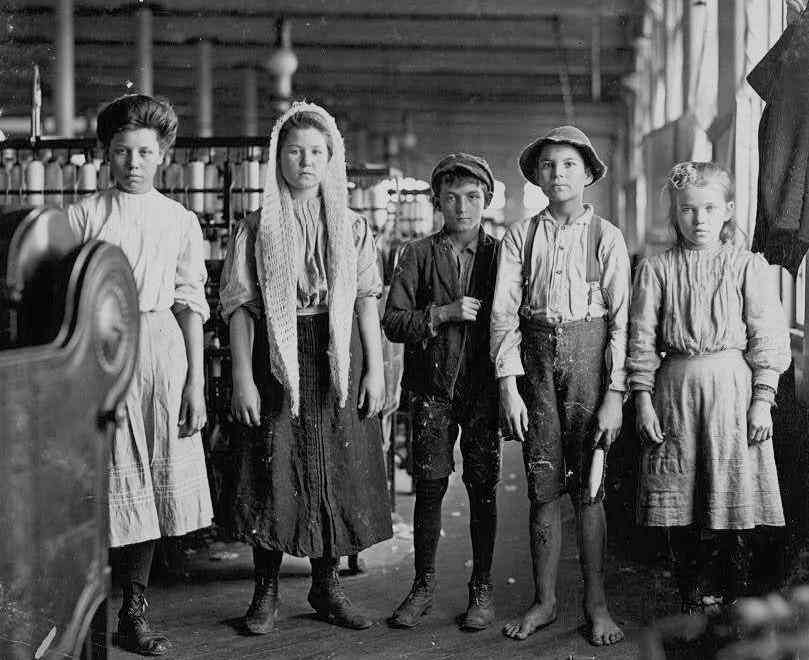
Figure 1.--This photo shows young spinners and doffers was taken in the Lancaster Cotton Mills (South Carolina) during December 1908. (Source Library of Congress LC-DIG-nclc-01441). |

|
The American industrial revolution began in New England. The availability of running water producung a power source was an important factor. The antebellum South's economy was based on slave labor and cotton. Southern cotton supplied not only American, but also European mills. At the time of the Civil War, most American industry was still located in the Northeastern states. The first large industrial establishments has been textile mills. The location in the North reflected the superior entrepreneurial spirit in the North and the availability of both capital and technical experise. Almost no mills were built in the South despite the raw cotton used in these mills was produced in the South. As labor unions began to organize and northern states began passing laws protecting workers and restricting child and female labor, some Some manufacturrs began to shift south. This process began in the late-19th century. Here the growing strength of unions were a factor. Another factor was the laws passed in northern states protecting women and children. Another major factor were lower average wage rates. The South represented a more benign regulatory environment, And labor unions tended to be weak in the South. The shift was primarily in specific industries. The most impotant was the textile industry. This of course made sence because the cotton was grown in the south. The shift south began in the 1870s. Textile mills were an important part of the South's economy by the 1900s. This industry essentially relocated to the southern states which had no or minimal regulations, including restrictions on child labor. By the time of World War II, the shift South was essentilly complete. After World War II the same process was repeated with textile manufacturing generally moving overseas to low-wage and poorly regulated factories in developing companies.
Navigate the Boys' Historical Clothing Web Site:
[Return to the Main American child labor legislation page]
[Return to the Main U.S. working boys clothing page]
[Return to the Main U.S. activities page]
[Introduction]
[Activities]
[Biographies]
[Chronology]
[Clothing styles]
[Countries]
[Bibliographies]
[Contributions]
[Essays]
[FAQs]
[Glossaries]
[Images]
[Links]
[Registration]
[Tools]
[Boys' Clothing Home]
